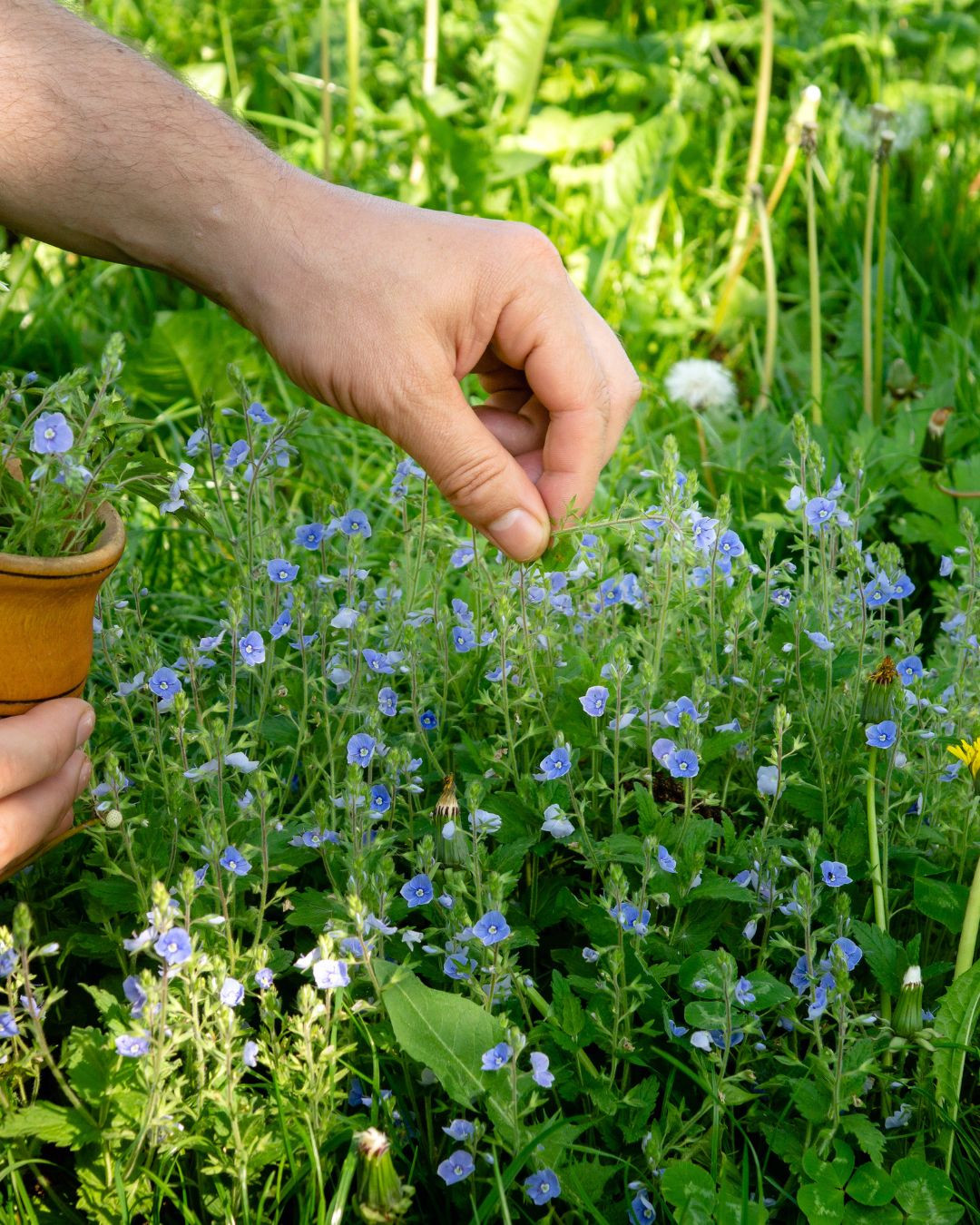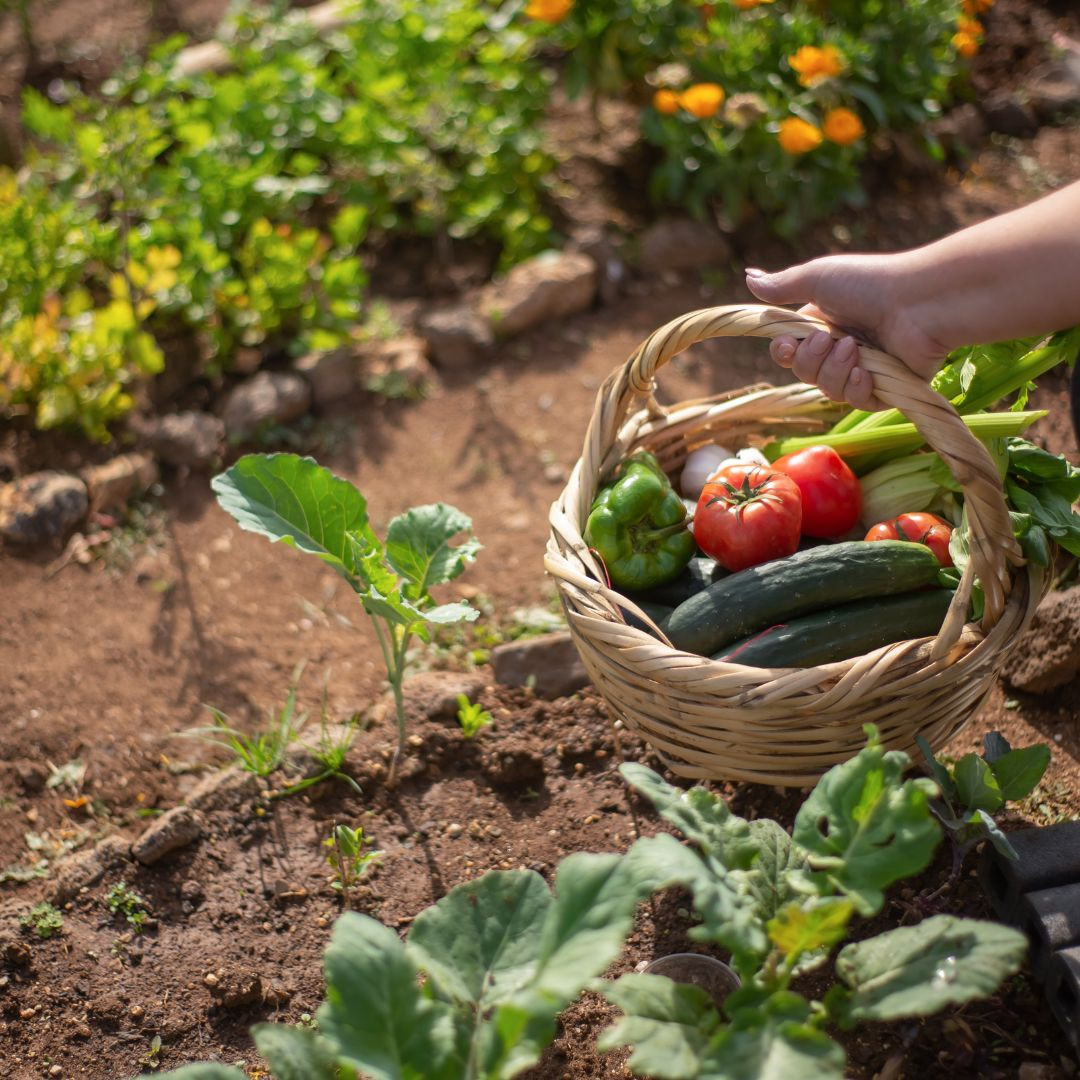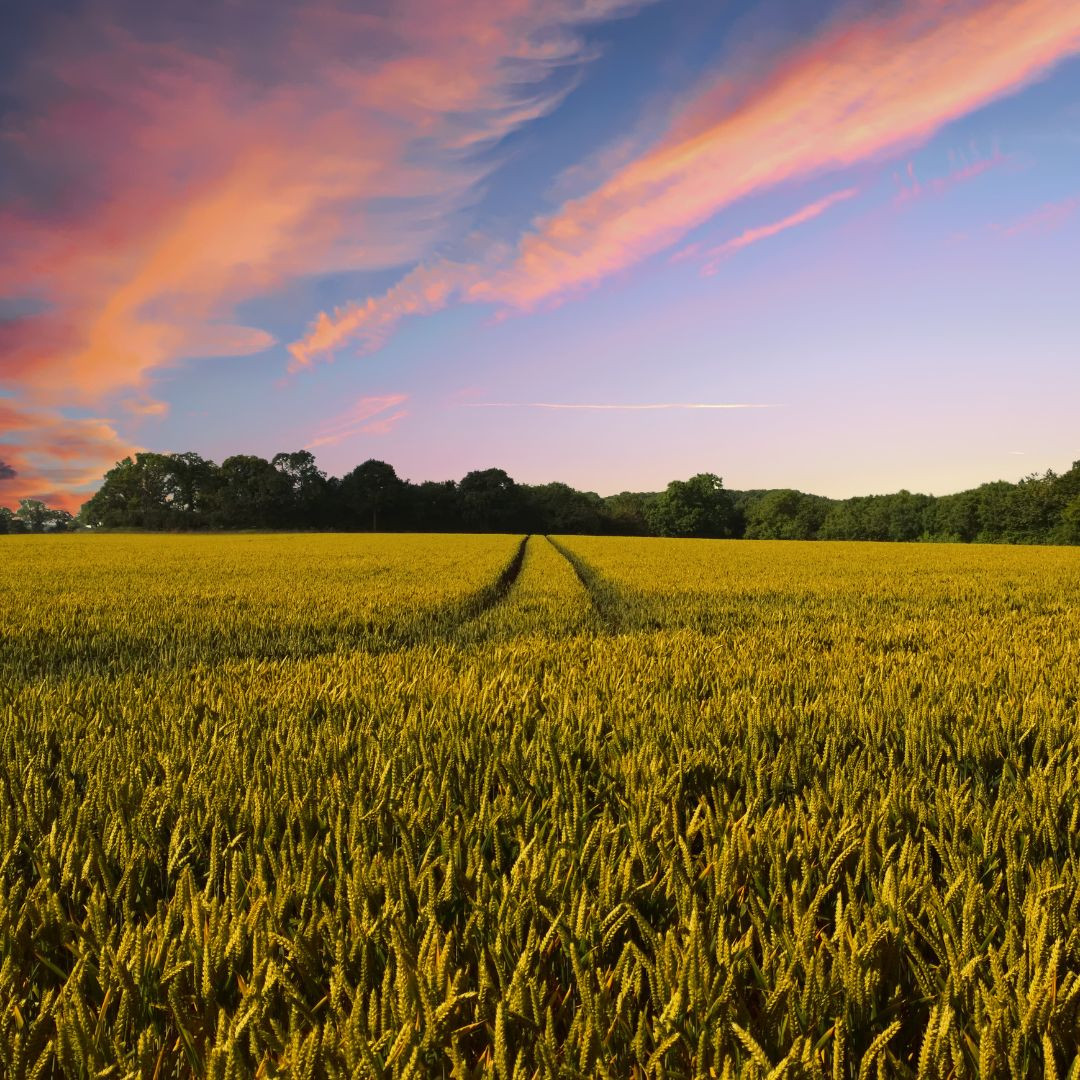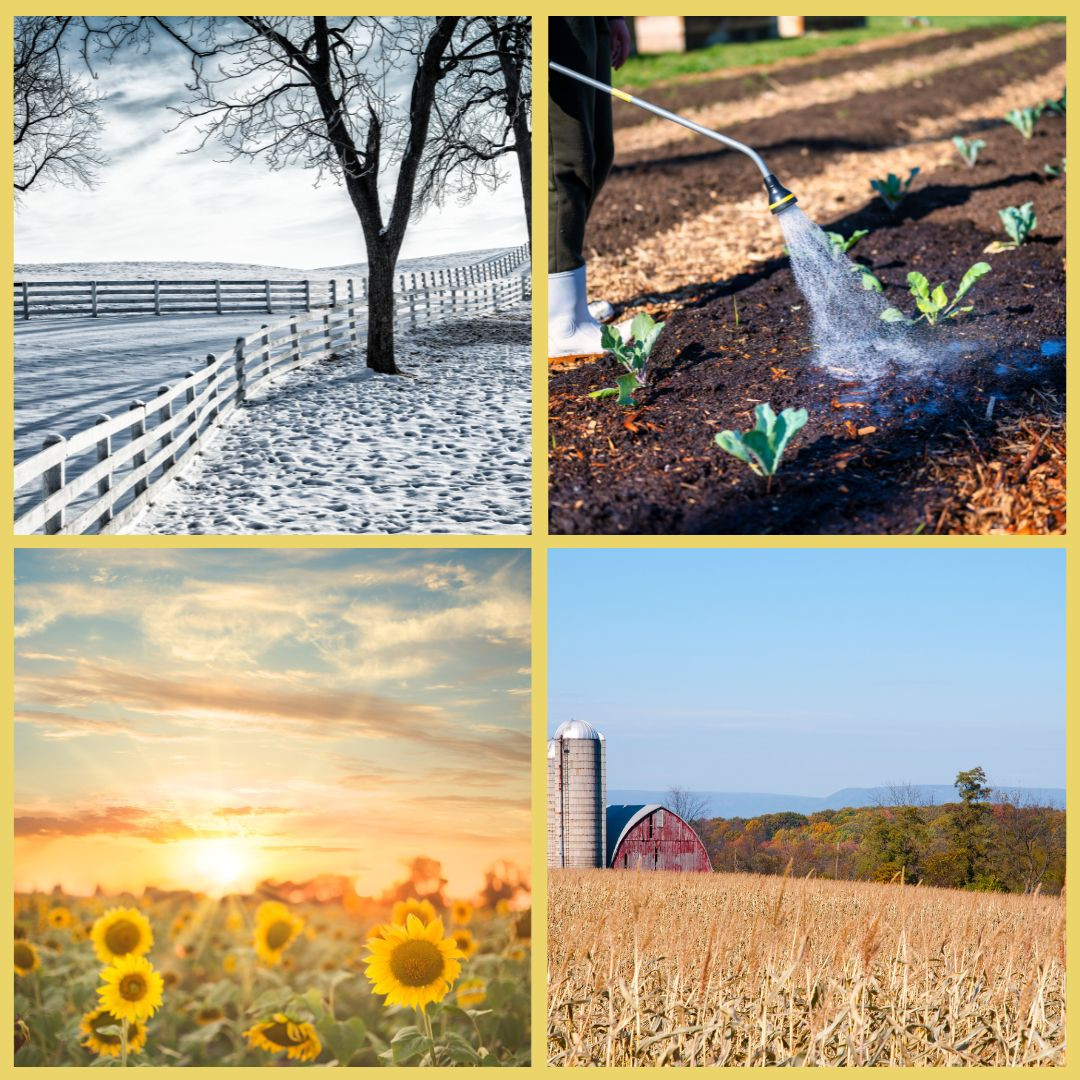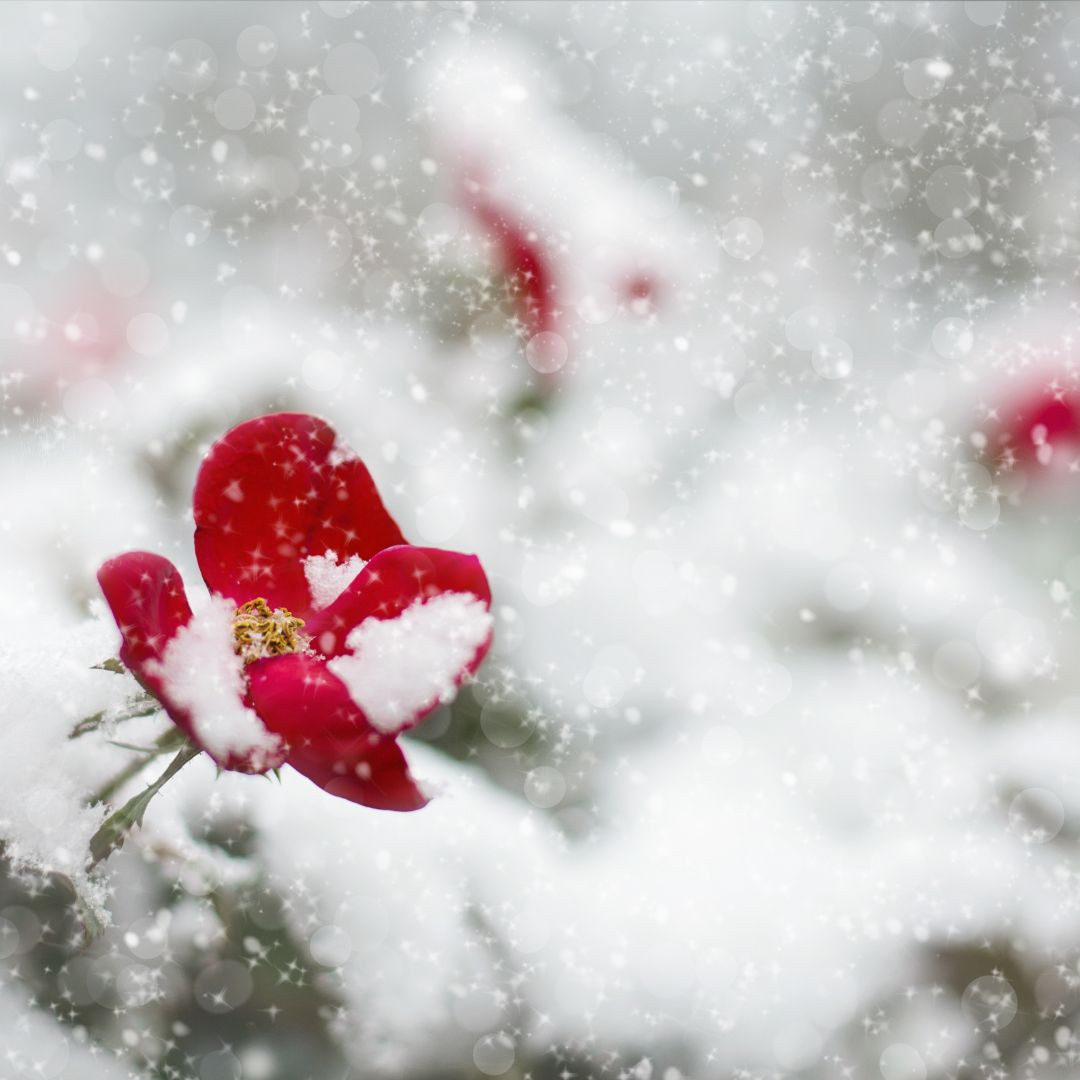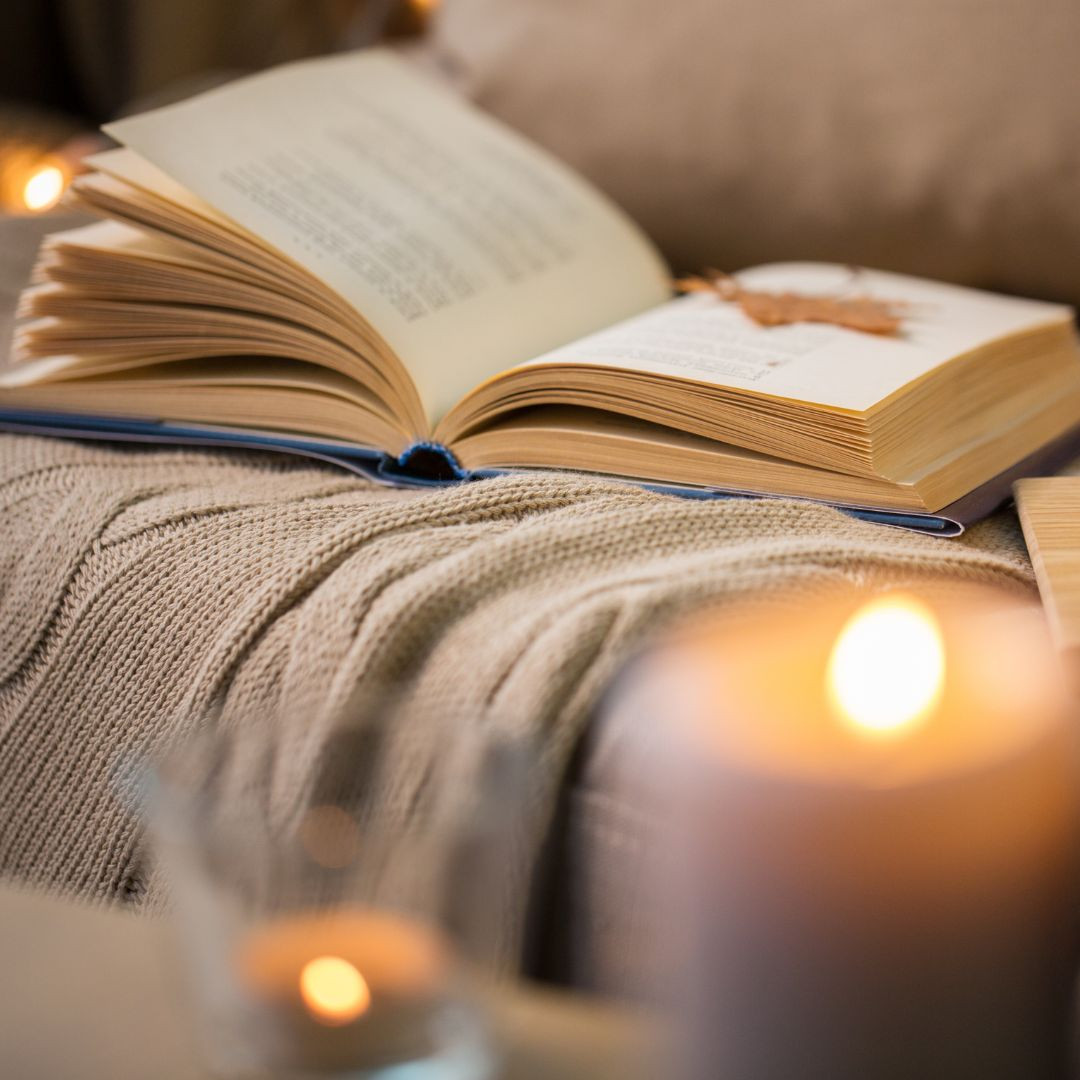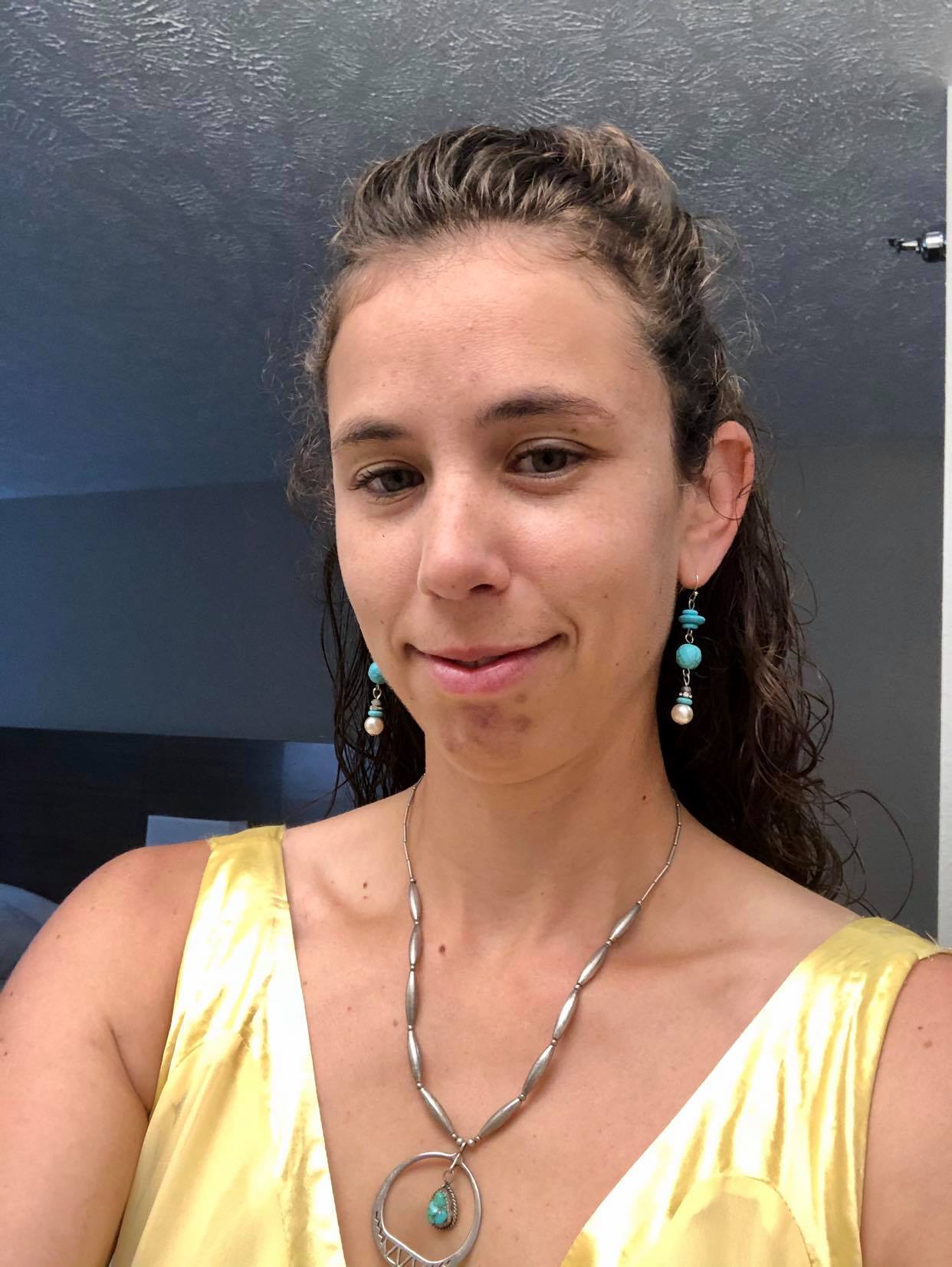
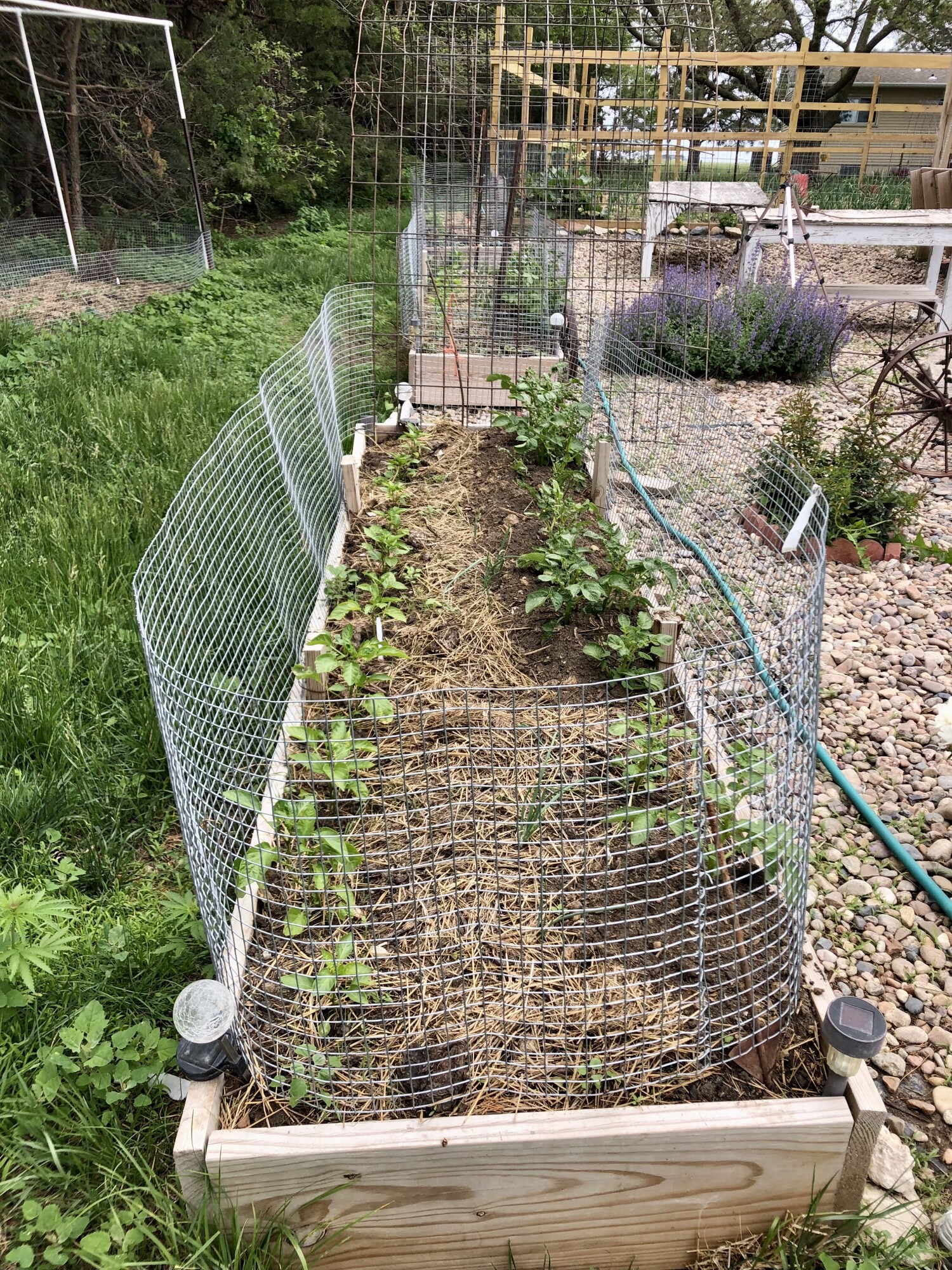
Join the FREE Community
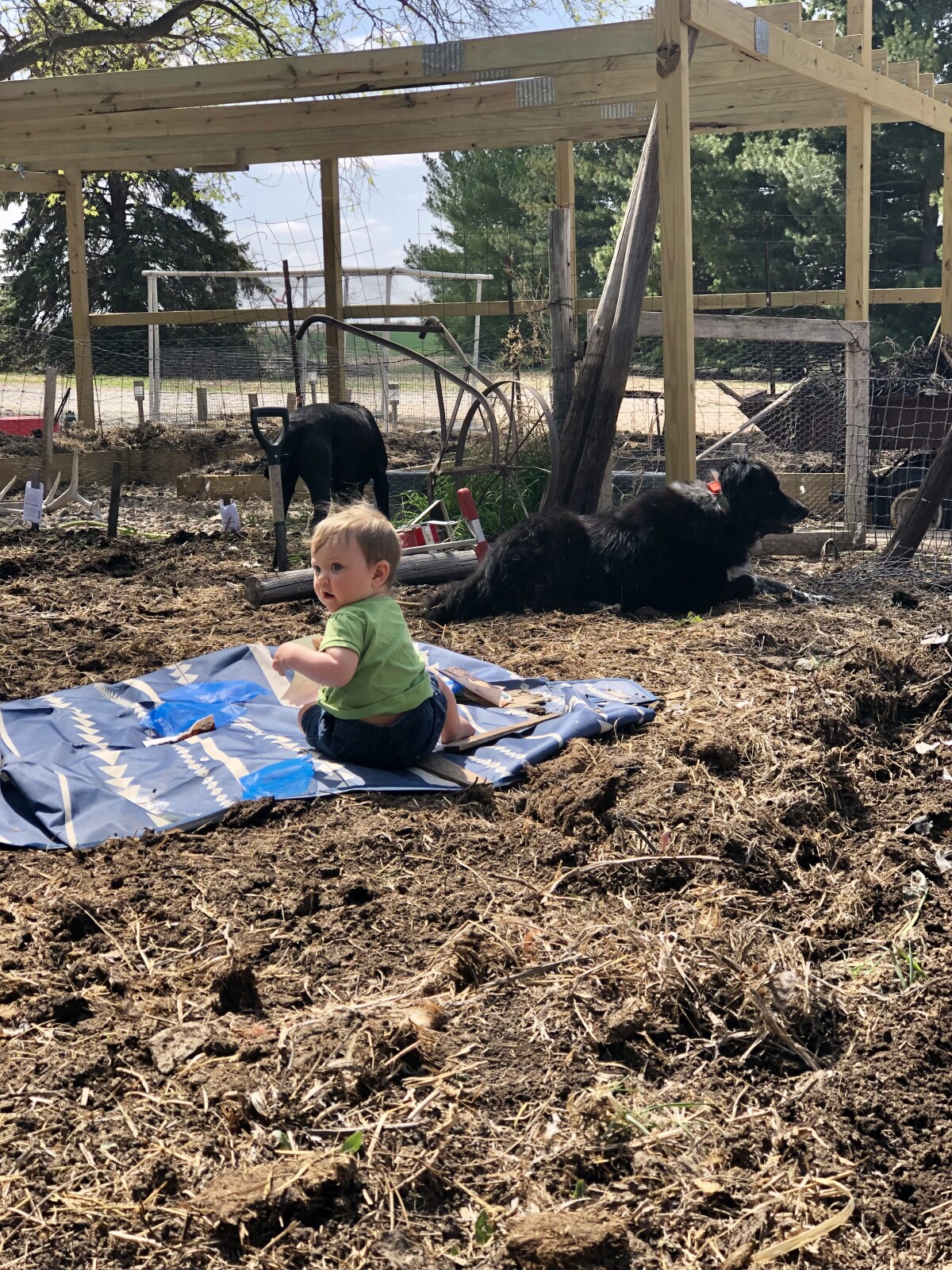
Join the FREE Community
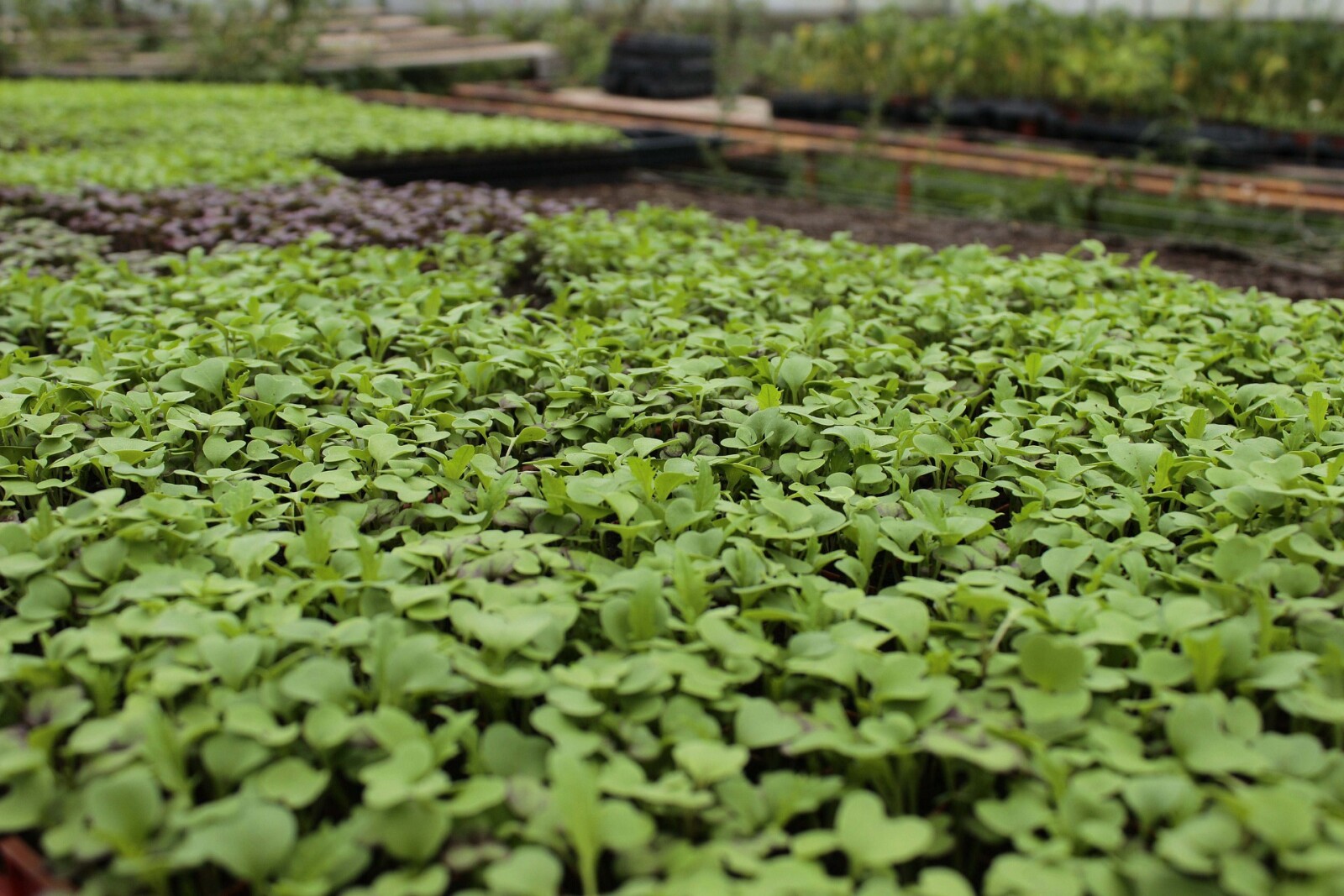
Join the FREE Community
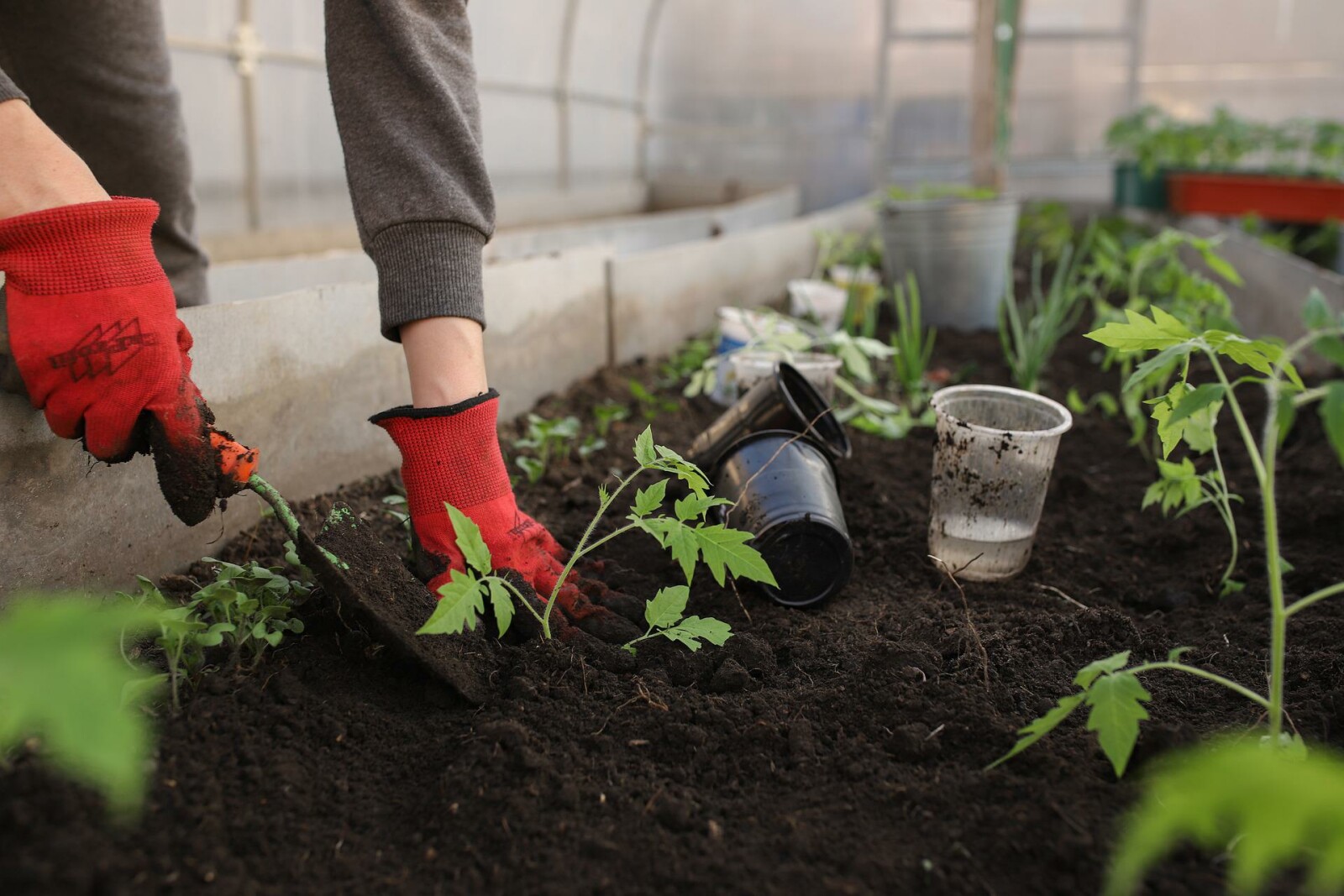
Join the FREE Community
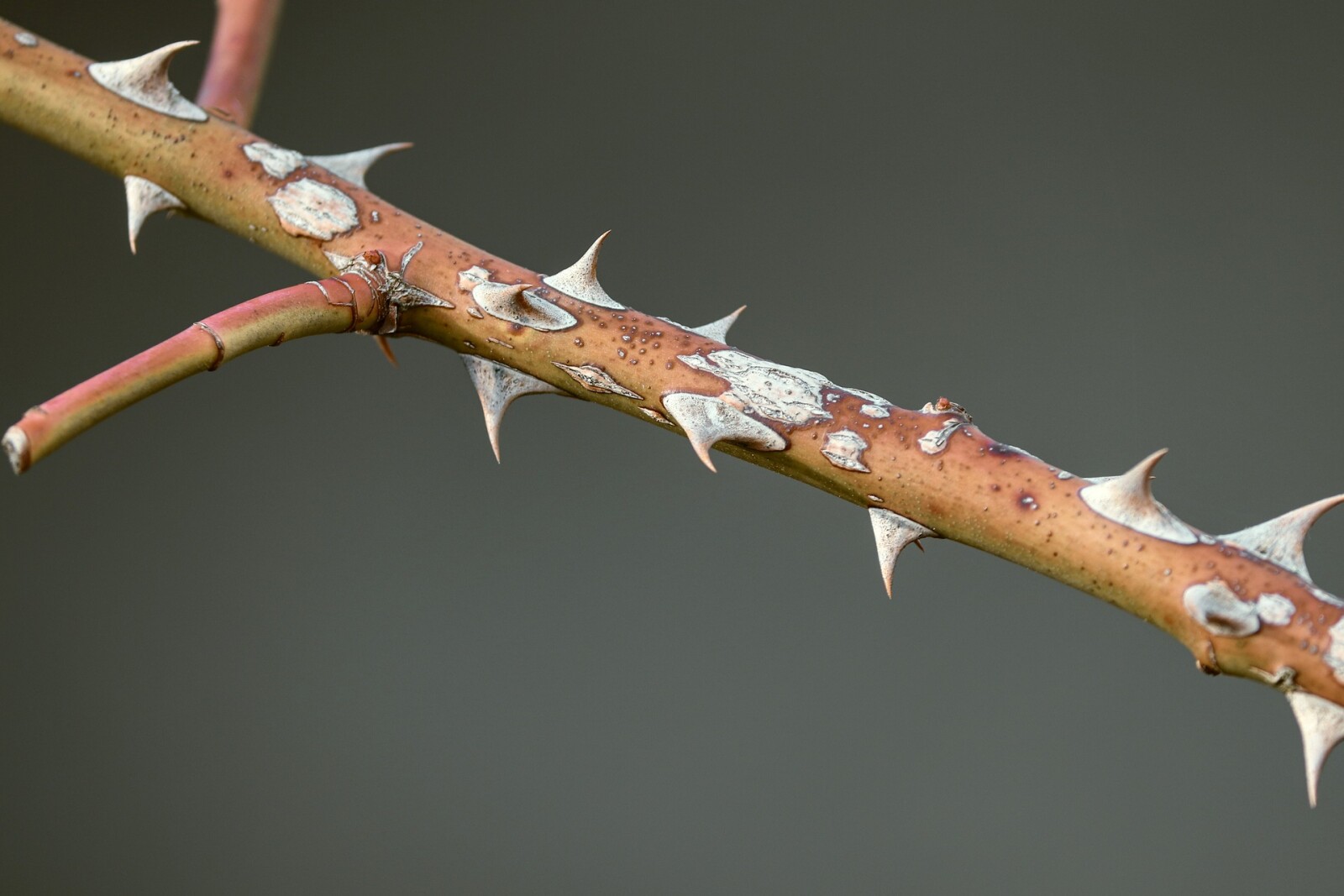
This post may contain affiliate links, which means that I may receive a commission if you make a purchase using these links, with NO additional cost to you.
To keep roses, or berry bushes healthy, they need to be pruned every year. This trains the bushes how to grow and makes them more productive. The best time to prune the bushes is actually winter or very early spring. All the energy reserves are in the roots at that time and most of the foliage has dropped making it easier to prune. You want to make sure you prune before they start waking up in the spring.
When pruning, first cut all the dead wood back to the base. You will know it is dead wood by cutting into. The dead wood is all brown, green is alive. If you are unsure, cut high to start then lower if needed.
Next you want to take out the branches that cross, as they can damage other canes (the bush branches) and cause disease. After those, remove any small weak growing canes. These are anything smaller than a pencil in diameter.
Finally prune the remaining canes by cutting ¼ - ½” about an outward facing bud eye. This is the small bump where the leaf would meet a stem. This will encourage the bush to grow outward instead on inward, reducing disease. Be sure to look for a bud at least halfway up the cane. If you cut to low and the bush is a hybrid, you will cut it back to the wild-type base. Make your cuts at a 45-degree angle towards the outside of the plant. This allows water to run off, also reducing disease.
Make sure you clean up all the branches and leaves from the base of the plant. If your feeling generous, add a little compost while your there to feed the bushes for the next year. Most bushes are heavy feeders and require quite a bit of nutrition to bloom properly.
Join the FREE Community
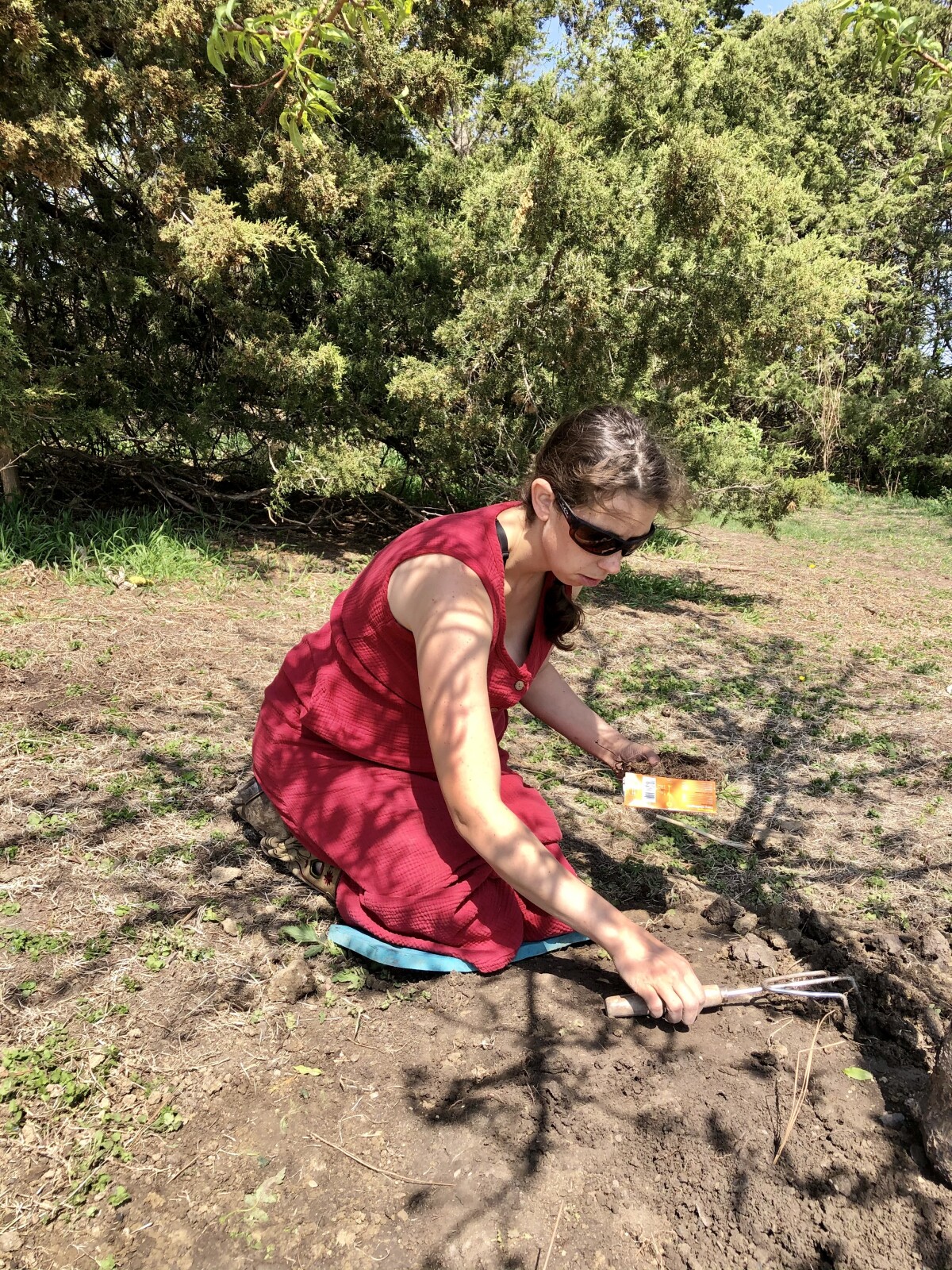
This post may contain affiliate links, which means that I may receive a commission if you make a purchase using these links, with NO additional cost to you.
Gardening has many benefits. You can grow your own food, have control over how it is grown, receive excellent nutrition, and experience the stress relief a garden can give you. Being in nature, digging in the dirt, breathing in the fresh smells, gives your body and mind a chance to unwind and ground.
Wait what is this thing about grounding? It is electrically reconnecting you to the earth. Our bodies tend to build up positive charge, especially under stress. The surface of the earth is negatively charged. By something as simple as walking barefoot, or digging in the dirt, you allow your body the opportunity to return to neutral charge by letting go of the positive electrical charge. Gardening is an excellent way to ground, while still accomplishing something for the type A personality.
Gardening is also a whole-body work out. Lifting baskets of produce, pulling weeds, digging holes, reaching for produce, pushing a wheelbarrow, are all activities that engage muscles throughout the body to accomplish the task. When you add general yard work, like pruning, or tree trimming, you have more specific exercises that work more of the upper body. Exercise releases endorphins that make us feel good. So, gardening can give you an exercise induced endorphin rush.
The act of growing something from plant to maturing fruit, gives you a sense of accomplishment. Even growing something simple like a pot of herbs, which you can harvest quickly and continually, can produce this feeling. This has a positive affect on your mental health, by giving you a reward.
So, gardening can improve your health emotionally by allowing you to ground yourself, physically through exercise, and mentally through giving you the sense of accomplishment. That is not even mentioning all the nutritional benefits from having truly fresh food.
Join the FREE Community

This post may contain affiliate links, which means that I may receive a commission if you make a purchase using these links, with NO additional cost to you.
Everyone pictures that perfect garden, sunny, vibrant plants, time at ease. Picking the best spot to plant your garden can take some time and consideration. You really don’t want to have to move it later if you find to spot doesn’t work, especially if you have a fence around it. Below I’ll discuses the most important things to consider when picking your garden spot.
The biggest thing to consider is hours of light. Most garden vegetables require at least 8 hours of sunlight. This means planting your garden right under the shade tree may not be the best idea. Can you grow some things there? Yes! Some plants love shade. Some cool season plants can do well on the fringe of the shade tree to help break the heat of the day. Most gardens are in a sunny spot, where little shade reaches.
Another note on sun light to consider. The sun warms the soil temperature. If part of the garden is shaded more than the other, the shaded part will be slightly behind. You can use this to your advantage to either grow cooler season plants there, or extend your harvest, so not all the produce is ready at the same time.
Another consideration is soil type. Different plants prefer different soils. Most of the time a heavy clay is not beneficial to vegetables, and neither is sand. If you have an area that has rich nutritious soil, your garden will do well. Looks can tell you a lot, but the gold standard is a soil test to tell you exactly the mineral levels in your soil.
Shelter can be a good thing for a garden, if it is in the right place. Blocking the wind can keep young tender plants growing. It can also act as an insulator and buffer the slight frost. You don’t want this shelter on the south side though, as it will block most of your sun light. A nice north tree line can server very well.
Water access is huge for gardens. Most vegetable gardens require quite a bit of water, depending on where you live. Having a hydrant close, or easy to run a hose to is critical to keeping your garden watered.
The biggest tip no matter the garden you choose, is to keep it in your line of sight from your house, or wherever you spend a lot of your time. By seeing the garden frequently, it keeps it in the front of your mind, to tend to. Weed, water, and harvest. Gardens placed in the back where there is a lot of room, tend to be forgotten and neglected.
What is the biggest things to consider in planning a garden plot? Amount of sun light, soil type, shelter, water access, and line of sight from the house.
Join the FREE Community
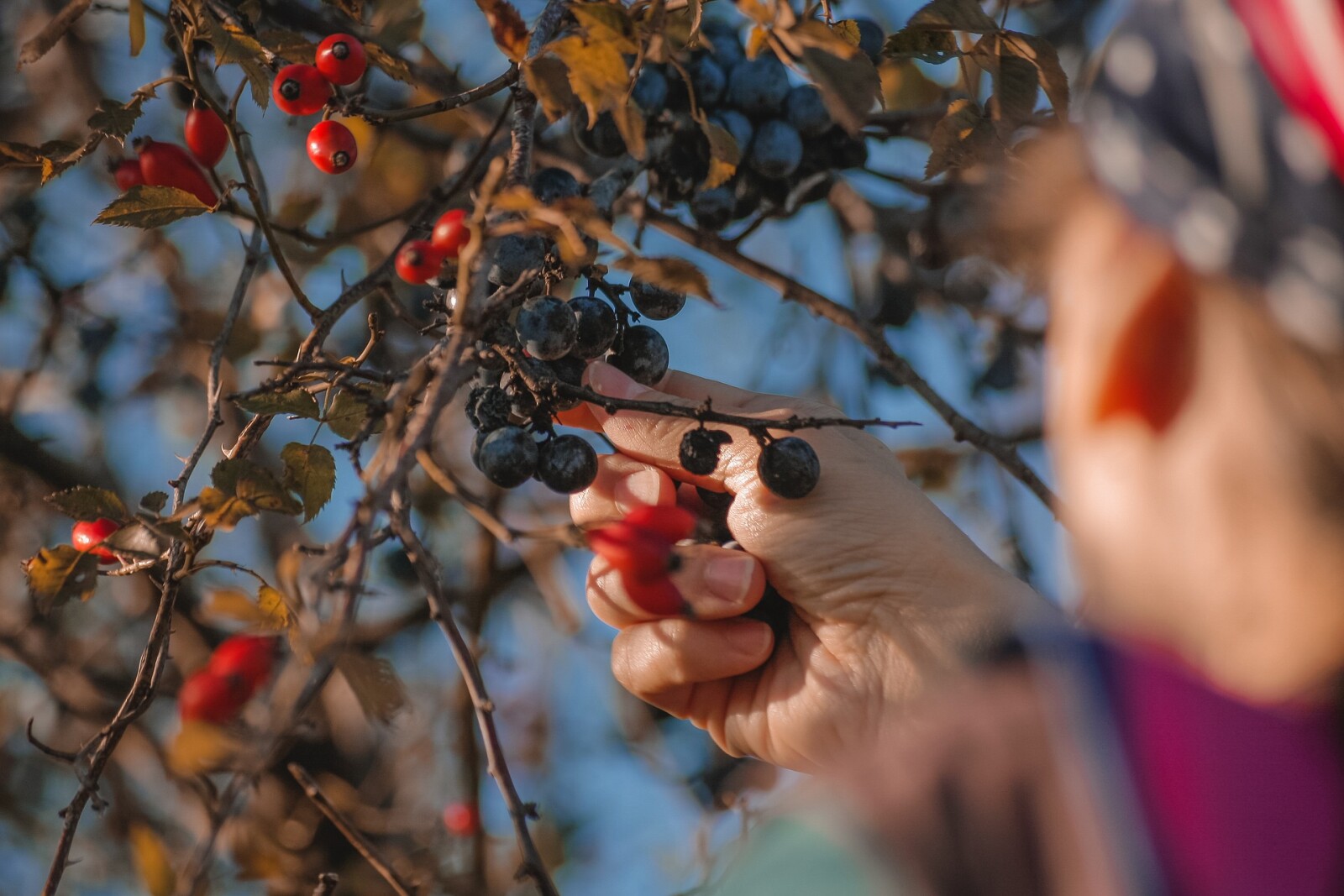
This post may contain affiliate links, which means that I may receive a commission if you make a purchase using these links, with NO additional cost to you.
What is a polyculture? It is a term that is becoming more popular in the homesteading circles, but what is it? By definition, a polyculture is “the simultaneous cultivation or exploitation of several crops or kinds of animals.” From Oxford Languages. But what does that really mean?
Polyculture is using plants and or animals that benefit each other and growing them together. In gardening this is often called companion planting. The idea is to create a synergy where everything benefits each other and improve the soil/environment. After a polyculture is established, they should be self-sustaining.
In an orchard, that can be planting smaller plants around the trees to naturally deter pests and attract pollinators. You can also use animals to graze or fertilize the area. Using a polyculture system, you can improve plant health and eliminate pesticide use.
At my home I am in cooperating this concept more and more. My new orchard area is starting as polyculture with plants around the base that attract the pollinators but deter the pests. You also want to make sure the plants are not competing for nutrients but benefiting each other. So having plants that fix nutrients, like nitrogen, that the trees need to produce fruit.
I also allow my chickens, ducks, and geese free range. This does make starting small plants challenging and require extra protection, but they are excellent at consuming the bugs and slugs that harm the plants. They also fertilize at the same time!
Developing a polyculture is not a one-year venture, especially if you are looking at trees. You must have a long-term vision and be willing to work with the area for a couple years before it is ready to self-sustain. After the polyculture is established, you have a very productive garden, with minimal work required.
Join the FREE Community
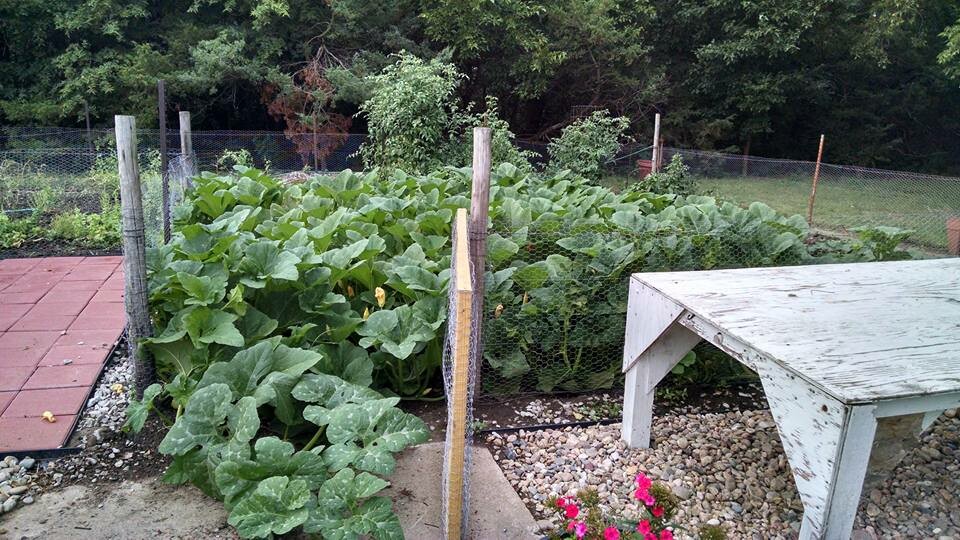
This post may contain affiliate links, which means that I may receive a commission if you make a purchase using these links, with NO additional cost to you.
My first garden looked vastly different from what it looks like today. It was 2014, we were going between Lincoln for school and our acreage, had the worst of the overgrowth taken care of and a lot of landscaping done the year before. Our garden main is in the foundation of an old house. The previous owner never had luck growing much in there, so they had rocked it. Then it grew up in shrub trees after he died.
My husband took the tractor and pulled out the big trees from the garden area, then buried the rocks. We then scrapped some dirt up from the old feedlot area at the farm. Because of the rabbit population, we also had to put a fence around it but didn’t get installed until 2015. We argued over the size. I wanted a larger fire pit area; he wanted a larger area for the garden. I didn’t plant anything that year, he did. He wanted sweet corn, and I was going between Lincoln and home for school all summer, he was home all summer.
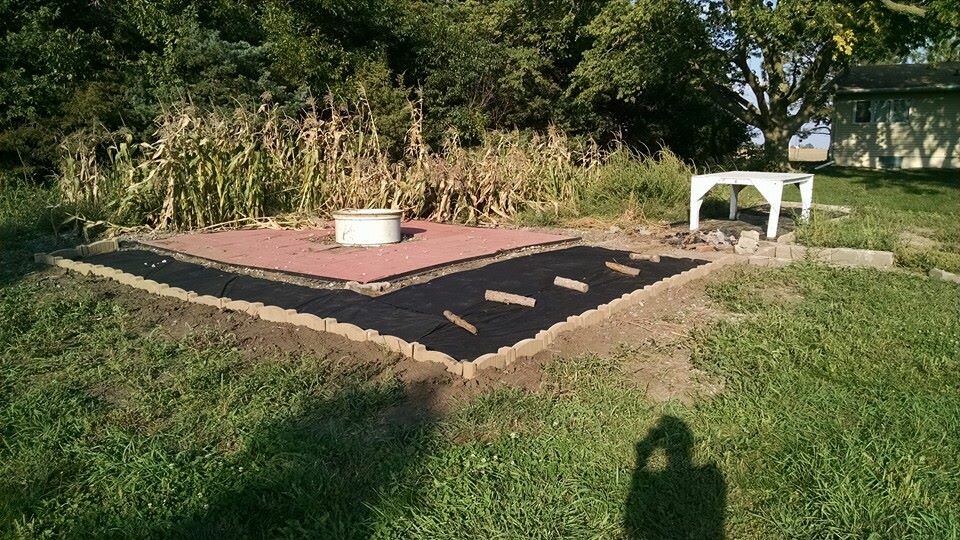
The summer of 2015, I was home and working full time 40 minutes away. I spent a lot of the spring raking the rock to the side or removing it. That year I bought plants and grew a few tomatoes, peppers and cucumber plants that took over. Not impressive looking at all, but hey it was a start and something fun. That fall we fertilized heavy by cleaning out the barn at my in-laws (a lot of horse poop).
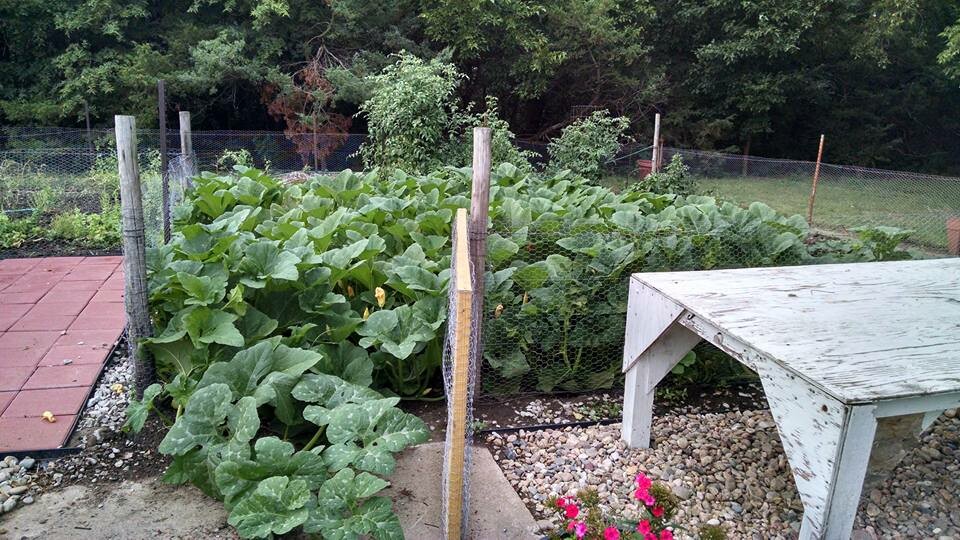
Every year since, the garden has gotten bigger, more diverse, and more productive. I’ve learned and grown in the process. The fire pit has now moved, and the garden has expanded past the main garden to raised beds around the pond and new fire pit area.
The point is I started simple, with very little, and grew from there. If you try to do it all the at once, you will become overwhelmed and stop. Start small, but start somewhere!
Join the FREE Community

This post may contain affiliate links, which means that I may receive a commission if you make a purchase using these links, with NO additional cost to you.
Pretty much every garden will need water at some point. Depending on where you live, how much and how often you will need to water it. As with planting a garden, there are also different watering systems. Each with its own pros and cons. Below I’ll outline the overall common systems. You will have to determine what is best for your garden. At the end you will find what I use.
By far the most common system is the simple sprinkler. Attach a hose and broadcast the water by a sprinkler over an entire area. The advantage of this system is it is simple and cheap to install. Buy the hose and a sprinkler and you can move it wherever you need. The disadvantage is that if you have very dry air, or must pay for your water, this system can use a lot of extra water. You can also have issues with to much moisture and possible mold on plant leaves if you water at the wrong time.
Another popular option is the soaker hose. The advantage of this is the hose is usually inexpensive and keeps the water low to the ground. This means you loose less to evaporation right away. You also keep the water off the leaves eliminating the mold issue. The downside is if you have a large area to cover, it requires a lot of hose.
An increasingly popular system is the drip line. Within this there are several different types, I am only going to discuss the overall. The advantage of the drip line is you can get the water exactly where you need it without wasting any (also not watering unwanted grass or weeds). The disadvantage of this is it can be costly to set up. It also does not move easily to another area.
As you might have guessed, I use a combination! In the main garden area, I use the big sprinkler to cover the large area. To get around the mold issue, I stop watering by noon, so the leaves have time to dry before dusk. In my flower beds away from the main garden, I use soaker hoses. These I leave out year-round and chance the mice eating them. In the new orchard area, we installed a drip line due to the large spread-out area. At the same time, I didn’t want the existing weeds and grass a chance to get extra water and grow. This drip line we have to drain before winter, so it doesn’t crack.
Join the FREE Community

